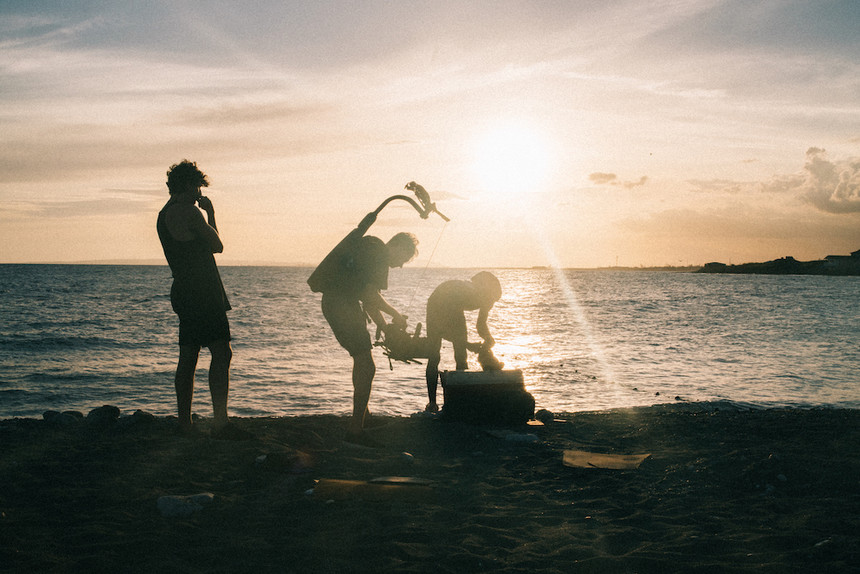 The WZRD crew getting the shot in Jamaica as they traveled the world for their series 'Far From Home.' WZRD
The WZRD crew getting the shot in Jamaica as they traveled the world for their series 'Far From Home.' WZRD
WZRD Media is a young and hungry, collection of action sports filmmakers who approach filmmaking in a different manner. Instead of the traditional approach of creating adrenaline-fueled ski porn, they take pride finding the seemingly impossible stories.
WZRD Media was co-founded by Jackson, Wyoming native Phil Hessler, who moved to the ski town from Boston. It was in Beantown that Hessler first met Brolin Maweje, an aspiring Ugandan Olympic snowboarder–who would later become Hessler's adopted brother. Maweje's journey became the subject of WZRD's first ever documentary, Far From Home, which Hessler made while in college at Salt Lake City's Westminster College with fellow Salt Lake residents Galen Knowles, and Zeppelin Zeerip.
Since then, the boys have continued to take on projects that dig deeper than the traditional “sports story” by simply doing what they love, and bringing to light larger social and political issues in today’s culture. In their latest and most ambitious venture to date Phil, Zeppelin, and Galen assembled a team of talented friends and family to travel the world (literally) and tell the stories of six different unlikely Winter Olympic athletes culminating in the Olympic Channel’s newest documentary series Far From Home presented by Bridgestone.
We caught up with WZRD Media Co-Founder Phil Hessler, along with Director Cole Sax to talk WZRD's beginning's, their biggest project to date and whats on the horizon.
TGR: Did you catch the storytelling bug when constructing Brolin’s story for Far From Home?
Phil Hessler: How I originally got into filming was through my love for skateboarding and snowboarding. In those two sports, you are exposed to filming and constantly making edits.
I was pursuing snowboarding when I was a teenager and through that started to mess around with making little skateboard and snowboard edits. The first film I started creating with Galen Knowles told the story of my adopted brother, Brolin Mawejje, in his quest to become the first African to snowboard in the Winter Olympics for Uganda called Far From Home. We started making that film while we were sophomores in college. It was an opportunity to snowboard, film, and travel but I quickly realized that Brolin’s story had the power to connect with a much wider audience. so it quickly became a biopic documentary with snowboarding and his ambitions to make it to the Olympics being the vehicle to tell that story.
We spent nearly three years making that film just through trial and error handling every aspect of the process and learning so much. We eventually sold that film to Red Bull.
But prior to that, you didn’t really have much film experience, it all sort of grew organically right?
PH: Yeah definitely, it really just grew through “doing." That’s how I learn–from experience. Sitting in a classroom never really did it for me. I think I’ve taken one formal film class.
Through Far From Home we started gaining opportunities to work on smaller projects, meeting a ton of people, and it all just kind of snowballed from there. Just putting yourself in situations where you're forced to learn and figure it out. I think the idea of being a part of something that is much bigger than yourself is an empowering idea for me and that helped invigorate my love for snowboarding.
At what point did you say alright this is what I want to do for a living?
PH: I think it was after we made Far From Home, and the positive reactions started to roll in from people like Sal Masekela and then partnered with Red Bull on the distribution on the film. We really started to see the power of filmmaking and felt a good deal of pride in what we had accomplished, and started to say, "Alright we’ve really got something going here, why stop now?"For example we got the Ugandan government to start the first Ugandan Ski Federation, and really recognize and empower Brolin, so we started to see real action come out of the film and his story which is what we really wanted to continue.

Phil Hessler and Galen Knowles in their natural habitat. Zeppelin Zeerip photo.
For us, filmmaking is an opportunity to inspire actions. Humans are able to relate to each other through storytelling and that was the main basis that WZRD was founded on. That we can create and tell stories that challenge perceptions and preconceived notions and ultimately promote more unity in humanity. We moved forward with that mission and started developing new projects and then finding a way to partner with the brands we believed could benefit from the stories we wanted to tell.
After coming up with the idea for a Far From Home series, you guys didn’t have the easiest time getting the series approved, right?
PH: Yeah so it was really Galen, Zeppelin and I who did the initial groundwork just hitting the internet literally googling “unlikely Winter Olympic athletes” and then calling them up, and explaining our idea.
They were familiar with what we did with Brolin’s story, which in a way proved our legitimacy, and they were all on board. Then we were able to partner with two production companies–Madica Productions and Boardwalk Pictures–through connections we’d made from Far From Home. But yeah for about a year we were pitching the concept to a lot of different outlets from HBO to Amazon and no one wanted to do it.

Phil, Cole and the WZRD Media crew followed the female Jamaican Bobsled Team from their homes in Jamaica to qualifying events in Calgary and Park City. Here, Bobsled Pilot Jazmine Fenlator-Victoria preps the jet for takeoff. Cole Sax photo.
Then the IOC started the Olympic Channel to put out strictly original Olympic content, and via Boardwalk Productions we were able to get on a call with their team, tell them about the idea, they were into, so pretty quickly it was go time on production because at this point it was about August, with Olympic Opening Ceremony just eight months away.
What was it like once the series was a go?
PH: Since Galen and Zeppelin were hard at work on our public lands documentary in Alaska, this is when Cole Sax and I got together and do a lot of the preproduction. Cole came on board as a director but really became a huge part of the foundation of this series. He spearheaded the construction of the visual direction of the series and helped bring on the DPs.
He and I reached out to everyone we could through our networks in Salt Lake and Jackson and recruited the best team we could. Most people came from an action sports background and we ended bringing on about 30 people to make this happen.
 Shiva Keshavan qualified for his 6th Olympics this winter with little to no funding from his home country of India and uses Himalayan mountain highways for his training. Cole Sax photo.
Shiva Keshavan qualified for his 6th Olympics this winter with little to no funding from his home country of India and uses Himalayan mountain highways for his training. Cole Sax photo.
CS: It was a massive undertaking, but with any new project and opportunity we were all so excited to get started. While the characters were selected and bios gathered there was still a ton of pre-production groundwork to be done. Since we didn't have the luxury of landing in the athletes' countries and easing into a relationship, we conducted multiple Skype interviews with our athletes to get to know one another and gather all the information we could to formulate their story prior to touchdown.
During it all though I did not believe that, “Yes, this is a legit company.” I was thinking, “Yes, we are all going to do what we love.” For a lot of us, this was the most prominent project we have tackled to date.
While in the beginning it was intimidating coming together as strangers, everyone had the same goal, to create the best possible story. So the dynamic was always moving in a right direction.
With the go-ahead from the IOC, you guys basically had six months to film six athletes in six different countries. Was that stressful?
PH: It was definitely exciting. The reality of the logistics started to kick on, like alright we’re going to be overlapping three shoots at once, how’s that going to work? We’re working with people we’ve never worked with in countries we don’t know much about, how’s that going to work? But we just had to trust they we were going to figure it out in the process, and sort of accept that there were going to be tons of incredibly stressful moments. We had a crew getting ready to film a shoot in Iran, right when Trump was working out his Nuclear deal and we’re getting all these emails saying cancel your trip now, and it’s like well that’s just not an option. There were tons of logistical hurdles, but we just knew that our goal, and telling these stories far outweighed any of these problems.
 After 16 straight days of travel and intense production, Phil and Cole enjoy a stein during Munich's Oktoberfest. Photo: Jacob Callaghan.
After 16 straight days of travel and intense production, Phil and Cole enjoy a stein during Munich's Oktoberfest. Photo: Jacob Callaghan.
CS: We joked throughout the whole series that we could write a book called, “Far From Easy.” Logistically it was so complicated; I know that some crew members thought that we were crazy for thinking we could do something, on this scale, in that period. 18 pieces of content ranging from 3-27 minutes crossing three platforms. A 30-person crew between SLC, LA, Denver, and all the home countries, understanding six athletes and their stories and going to 12 countries we have never shot in before, let alone been to. So, yeah. Some crew had every right to believe that this was insane, because it was.
There are plenty of stories that have come from the trip, conducting Skype calls with fixers for other shoots during the production, Visa services losing passports, crew getting sick, political unrest in some areas, constant travel for six months.
 Cole Sax takes in the experience while handling the Red Digital Camera high up in the Himalayas. Phil Hessler photo.
Cole Sax takes in the experience while handling the Red Digital Camera high up in the Himalayas. Phil Hessler photo.
We are working throughout the series, but there is a balance of taking the experience in. It is so rare to forge these strong bonds with the crew and our talent, while also seeing the world, I had to remind myself always to slow down and enjoy the moment… it is all still somewhat of a blur, but I will say that this opportunity was its own action, comedy, drama, love film in itself.
How were you able to initially get in touch with each of the athletes? Were they pretty receptive of the concept?
Phil: They were really receptive, and knew of our documentary about Brolin. It was all just through reaching out to them any way we could. Forrough Abassi, who was the Iranian skier in one of our episodes, communicated almost exclusively through Instagram messenger so it was really by any means.
Cole: Skype calls, and WhatsApp. The vision we articulated to the athletes was that we want to make an authentic film about their life. We want it to be true, and personal, to hopefully empower themselves and someone in their community, or in the world, to follow their dreams. They were extremely receptive to that and began to share the same passion.
Each athlete has such a different story and background. Who really stuck out as inspiring figures for their countries?
Phil: For me, I produced and directed the Jamaica and India episodes in partnership with Cole and then DP’d the Brazil episode.
All the athletes and experiences were incredible but Brazil really stuck out to me. Our athlete, Victor Santos, grew up in a favela and lived in a small house with his six siblings and two parents. The favela, Sao Remo, was such an incredibly lively place and there was such an emphasis on community. Even though Victor lived in what many of us in America would consider poverty, he was extremely happy and having a first-hand experience in that environment with him was special. Then, of course, the fact that he is a cross-country skier from this area was mind-blowing.
Victor Santos is not your average looking cross-country skier. Phil Hessler photo
Cole: All of the athletes, to me, stand out as inspiring figures for their countries. Sports are just a vessel for these messages to be delivered.
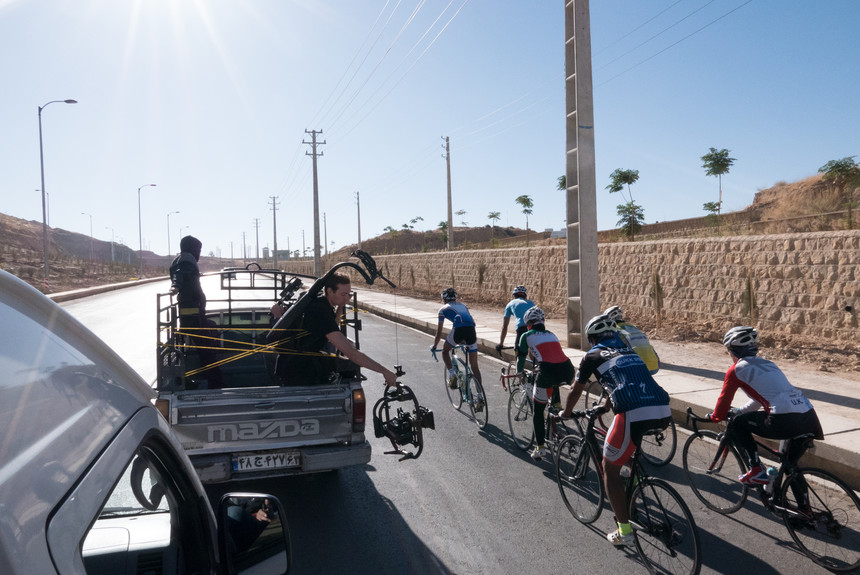 Ripping skier, camera wizard, and all around great guy Aiden Ulrich captures Iranian downhill skier Forough Abbasi's dry land training. Chad Jackson photo.
Ripping skier, camera wizard, and all around great guy Aiden Ulrich captures Iranian downhill skier Forough Abbasi's dry land training. Chad Jackson photo.
I never really looked at this series as "sports stories," but stories of humans battling the external issues of their country and the internal issues of themselves and I hope that when you watch their episodes you can walk away with a little perspective shift and maybe some motivation to go and pursue your dreams, because these athletes are living proof that you can achieve whatever you set your mind too. All of them carry unique messages.
What were most difficult logistics in traveling the world to reach these athletes and really getting to know them?
PH: It was a nightmare getting our journalist visas for India. We literally flew out to San Francisco to the Indian consulate three separate times in the 10 days before we were supposed to leave to make it happen.
I stayed at the consulate all day until I could meet with a visa officer and tell him what we were doing in India and convince him to give us a letter to take to the visa service to expedite our visas. Iran was also challenging. We had a great producer in Chad Jackson who was able to do some magic to get those visas. The crew was in Malaysia before Iran and ended up having to pick up their visas in Malaysia because they were delayed in America. It was crazy logistically all in all.
CP: India… mother India works in mysterious ways. Like Phil mentioned it was a nightmare. I flew out to San Francisco four times to help support Phil in getting our visas. We just returned from the eight-day, 12-hour day production in Jamaica to unload and hop on a plane to San Francisco to get our visas a week-and-a-half before our trip to India.
 Brolin Mawaje's story helped kickstart the WZRD Media team. WZRD photo.
Brolin Mawaje's story helped kickstart the WZRD Media team. WZRD photo.
With three visits we finally were granted access, but our passports were being shipped to different locations. I spent my day flagging down UPS trucks gathering visas only to find mine was missing. After countless phone calls, we eventually found it at a shipping facility in San Francisco. I flew to SF to pick it up, then back to Salt Lake, then to Boston, Zurich, then India and began production the following day… that was intense. All other travel after that seemed easy.
Did you feel like many of the athletes' stories went far beyond sports and the Olympics?
PH: Absolutely. All these athlete's stories embody so much more than making it to the Olympics. All these athletes are trailblazers and they’ve had to overcome incredible odds to make it to the Olympics.
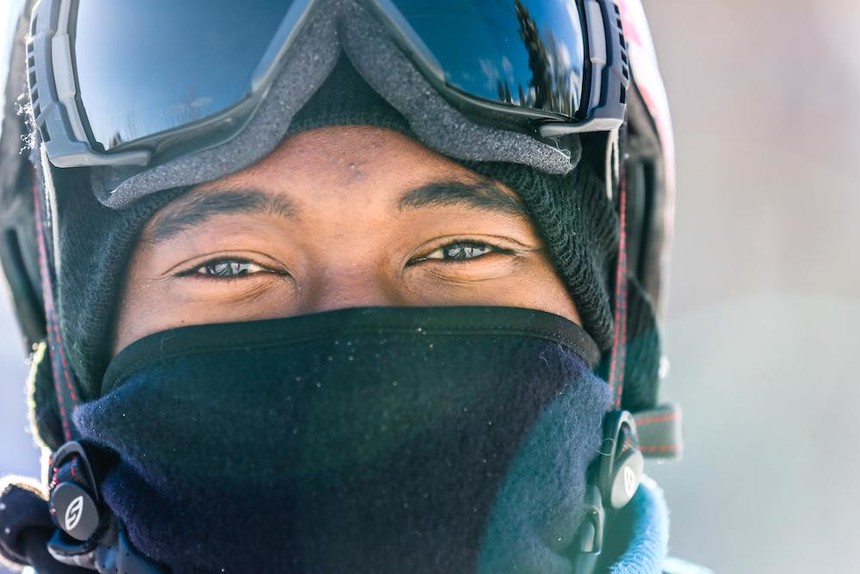 From Ugandan snowboarders to Iranian skiers, WZRD looks to tell the unknown stories. WZRD photo.
From Ugandan snowboarders to Iranian skiers, WZRD looks to tell the unknown stories. WZRD photo.
They symbolize what is possible when you see challenges as opportunities for growth versus unmovable obstacles. My hope is that these stories can inspire younger generations to face challenges with the same resolve and courage that these athletes did.
So now what’s next on the horizon for WZRD? I know the public lands film has really been the main project.
Phil: Right now, we’ve got two exciting projects in the works. We are moving full-on into the post-production of our two-year documentary on public lands and we are also doing a short film on cataract blindness in Mongolia which Cole is directing. We’ve got a lot of other things in the pipeline with more stories on Olympic athletes for the summer games as well as a series about shattering the stigma surrounding the millennial generations that we’ve started developing.






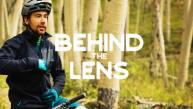
__video_thumb.jpg)


__video_thumb.jpg)

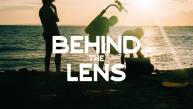

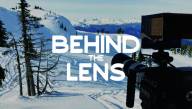

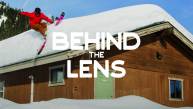
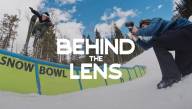
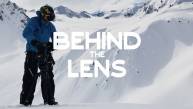
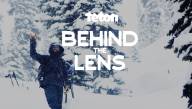
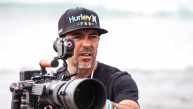
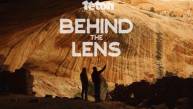

xavm29
June 5th, 2018
https://xn—botasmontaa-beb.com/